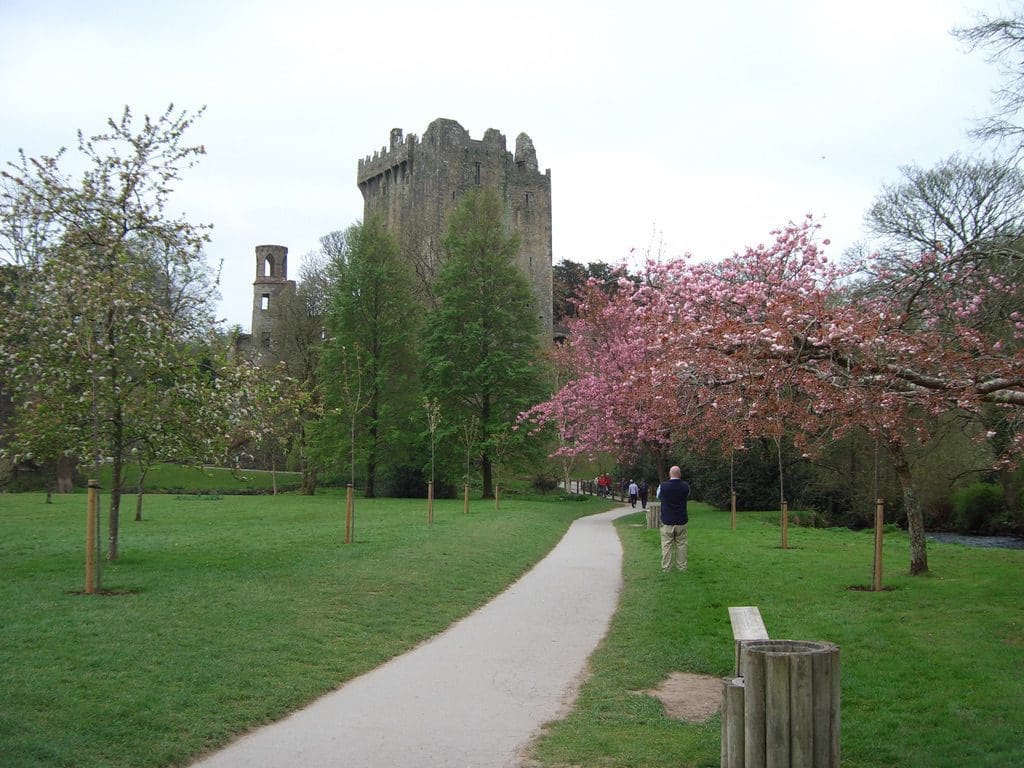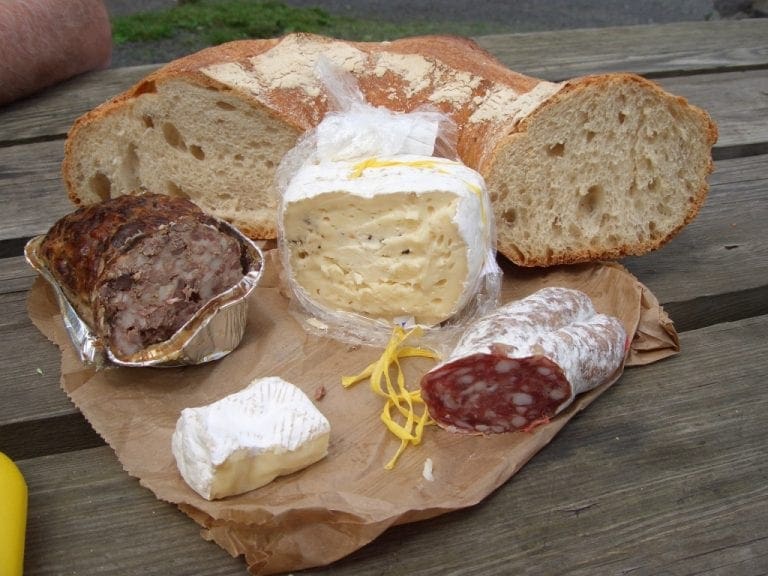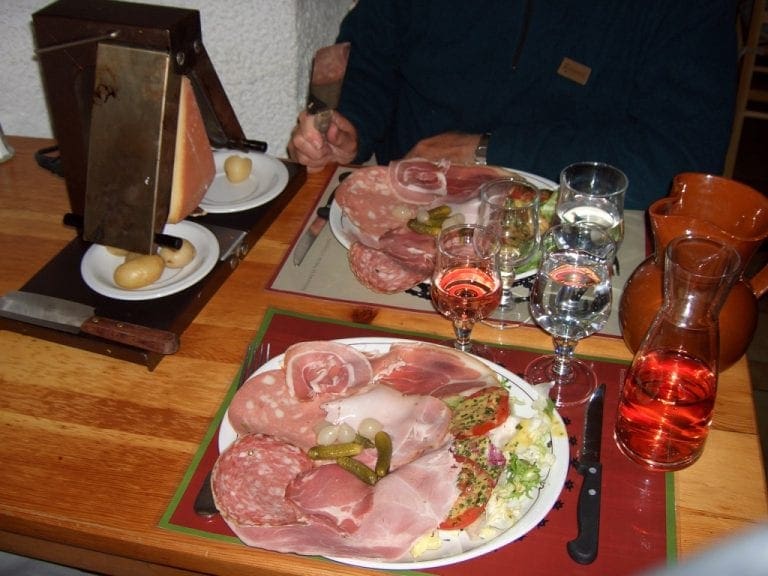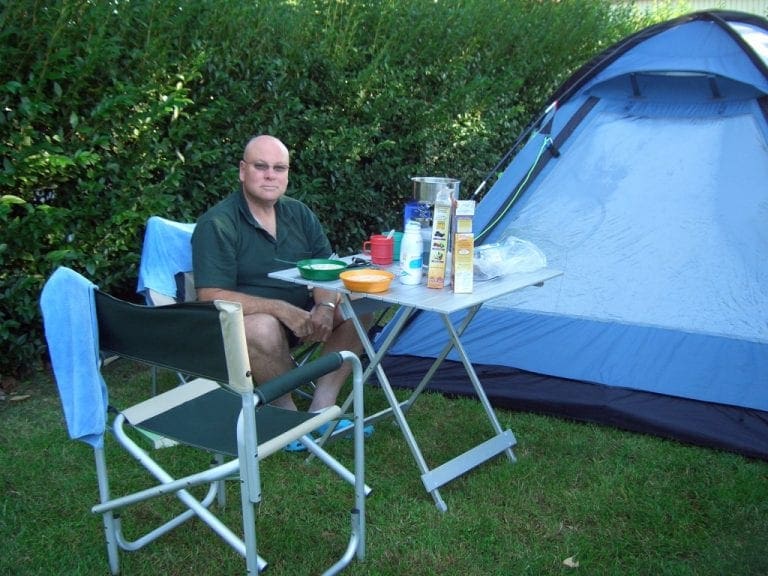New Ross, Kilkenny, Waterford, Blarney
These entries describe our trip to Europe in 07. We travelled in Ireland, Denmark and France for a total of 4 months. We leased a car in Paris, took that car to Ireland by Ferry, then back to France, up to Denmark then down to France. In Ireland, we stayed in hostels. For the rest, we camped in our smallish tent. We wrote a little each day, then sent those writings as an e-mail once a week.
We had left our house and cats in the care of a house-sitter with support from our neighbours.
This covers picking up the car in Paris, ferry to Ireland and the first few days in Ireland. To follow roughly where we went in Ireland, use this link to google maps.
We are in Killarney in south-western Ireland. It is hard to believe that it is already day 8.
The flight over was uneventful – just long. We picked up the car at Charles de Gaul airport in Paris with no problem. We had been given a phone number to ring when we arrived. We rang and a few minutes later a van turned up and drove us to the car. We signed papers and that was it. We had a very new Citroen Berlingo with 3.3km on the clock. It certainly is a good vehicle to drive. We may have to review our plans for sleeping in it as it has back seats that we cannot work out how to remove them without a hacksaw. (Neglected to say that we picked up the car with the petrol tank almost on empty – 5 litres. We had detailed instructions on where to find the Total service station and that we must fill up immediately. Guess what – we never did find that petrol station and very soon found ourselves driving down a country road with yellow flowering canola on one side and wheat on the other – with even less fuel in the tank. Pulled over to let a tractor go by and have a serious discussion about the map and saw a sign to a supermarket and fuel station in a nearby village. Phew. Found it – followed by steep learning curve – how to open the fuel tank and how do you say diesel in French. All this happened before lunch. Got into the supermarket only to be told that it was closing (forgot that everything closes for a long lunch in France) so grabbed some bread, cheese and ham and sat in the car park eating our first meal in the food capital of the world.
We found the hotel (an Ibis) in Cergy-Pontoise a NE Paris suburb without trouble and had a pleasant evening wandering around – the village church dated from the 12th century and the Ouise river was a busy waterway, which made for a pleasant time sitting under the trees watching the activity. The next day was a long drive to Cherbourg and the car ferry. (Up to the seventh type of cheese by now.) Again, no problem, we had the booking and arrived with lots of time before departure. As we stood on deck waiting to leave, we were amazed to see cars come hurtling up at the last minute. The ferry backed out of the harbour right on time at 5pm and we had a millpond-like crossing. The cabin was small and the shower smaller. Drank Guinness. A very good night’s sleep. Arrived at Rosslaire in SE Ireland on time. Watched dolphins and seabirds in the early morning.
Helen had the first driving on the left in the left-hand-drive car. Very windy roads in Southern Ireland to New Ross. Stayed at an old farm house – they had converted the stables and out buildings into hostel accommodation. The hostel was down an extremely narrow lane – sign-posted ‘at intervals of desperation’ according to the hostel owner. Love it. We went to a camping shop and met one of the people who had driven onto the ferry at the last minute the day before. Ireland is like that.




The next day (14/4) was the Waterford Crystal Factory at Waterford. (Bought too much). (Next time a kid asks where Maths is used just show them a crystal cut glass. The mathematical grid pattern is drawn on in texta and the cutters use them as a guide line to cut the designs.)



The Jamesons Whiskey tour at Midleton. Helen is now a certified Irish whiskey taster.
And then the Queenstown Heritage Centre at Cobh . It was the 14 April – the anniversary of the sinking of the Titanic. Cobh was the last port of call of the Titanic and we walked into the middle of the annual ceremony. The Lusitania was also sunk off Cobh in 1916. Cobh (also called Queenstown) was the main departure town for emigrants leaving South Ireland. About 500,000 left from this port in the mid 1800. A town of shipwrecks and departures. We stayed in a B&B in an old waterfront building that used to be the offices of the American Steamship Company. You could almost touch the huge ships as they moved in and out of the harbour. The pilot for the harbour got on and off just in front of our window.


The next day (15/4) was to Blarney where Helen kissed the stone and is now more eloquent than ever and Geoff had a top up. One of the best parts of Blaney castle is the gardens. Spring has sprung and the daffodils are almost finished but the flowering trees and other bulbs (tulips) were spectacular.


And then to Bantry Bay. Along the way we drove over yet another beautiful mountainous area at Ballingeary. An award winning dunny, a very old centre of religious retreat and tree with a sign on it ‘I’m a tree. Don’t try to stick money in me’. So, some existing animism.


The next day (16/4) was a drive around the Beara peninsula – the south most of the three peninsulas that jut out from SW Ireland. Extremely spectacular and wild on the north side. A very pleasant fellow at the hostel had walked over the pass that day and had seen us in our French car (‘French twits’ he said. We are in disguise in our little French car.) This guy had a job that allowed him 4/5 day periods off and he spent them walking all over Ireland. (There seem to be a lot of people who do this) His longer holidays he walks in foreign countries.
When we were leaving Hungry Hill, the owner came up and said ‘Are you pushing off?’ It sounded exactly like ‘have you had enough?’ Great confusion.
Today (17/4) we went to Kanturk to see where Geoff’s O’Connor lot came from when they escaped the famine in 1851. Had a typical Irish lunch at a pub in the main street – bacon and cabbage, mashed turnip, mashed potato and chips – not a green vegetable in sight. And then to Killarney – where we are now.
Almost no jet lag – the pills work. Though the shitting has been a bit ordinary.
Would you believe that one of Geoff’s fillings (tooth – that is) fell partially out on the Sunday before we left and all out on the Ferry to Ireland. Very holey. So much for the dental check before we left.
As you can see we are a little behind with our tale but will catch up soon. Internet access is sometimes difficult in our “5 star” places of abode.













